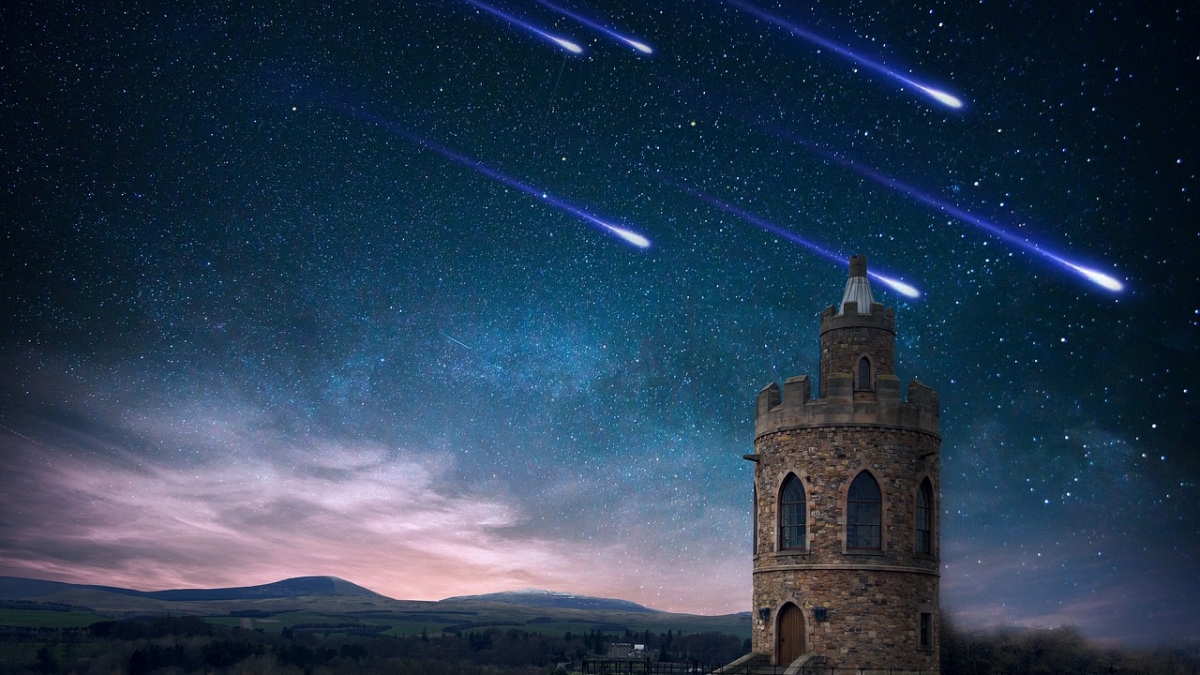A recent cosmic census has revealed an unexpected threefold rise in active black holes within dwarf galaxies, creating the most extensive database of intermediate-mass black holes recorded to date. This survey, conducted with the Dark Energy Spectroscopic Instrument (DESI) at the Mayall Telescope in Arizona, identified over 2,500 black holes in dwarf galaxies—more than triple the previously estimated number. Led by University of Utah astronomer Ragadeepika Pucha, the research team discovered that around 2 per cent of the nearly 115,000 surveyed dwarf galaxies contain black holes actively consuming matter. Previously, only 0.5 per cent of these galaxies were believed to host such black holes.
Unveiling Middleweight Black Holes in the Cosmos
The survey has also increased the number of intermediate-mass black hole candidates—those with masses between 100 and one million times that of the sun. With almost 300 new middleweight candidates identified, the known population has quadrupled from just 70. These findings are important for understanding black hole evolution, as middleweight black holes are seen as a bridge between stellar-mass black holes, formed from collapsing stars, and supermassive black holes, which are often found at the centres of larger galaxies. According to Pucha, this newly documented group of black holes offers clues into how early black holes may have evolved through gradual cosmic mergers.
Insights into Galaxy and Black Hole Co-Evolution
The unprecedented increase in detected black holes brings fresh opportunities to study the connection between galaxies and the black holes within them. As Dr Stéphanie Juneau from NOIRLab, a co-author of the study, remarks, the discovery raises fundamental questions about the evolution of galaxies and their black holes. It remains unclear whether galaxies formed first, subsequently creating black holes, or if black holes seeded galaxy growth.
Future of Cosmic Exploration with DESI
DESI’s findings open new chapters in understanding galactic evolution. Expected to release more detailed findings in 2025, the DESI project has already mapped 1.5 million galaxies, creating a vast 3D map that enables astronomers to probe dimmer galaxies that previously eluded detailed study. Astrophysicist Mallory Molina of Vanderbilt University, though not directly involved in the study, noted the transformative impact of the data, highlighting DESI’s ability to detect numerous black holes, even with basic observational tools, suggesting the potential for further discoveries.






















